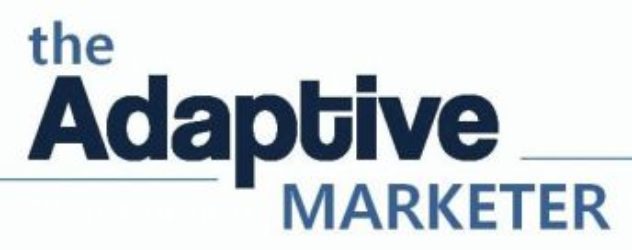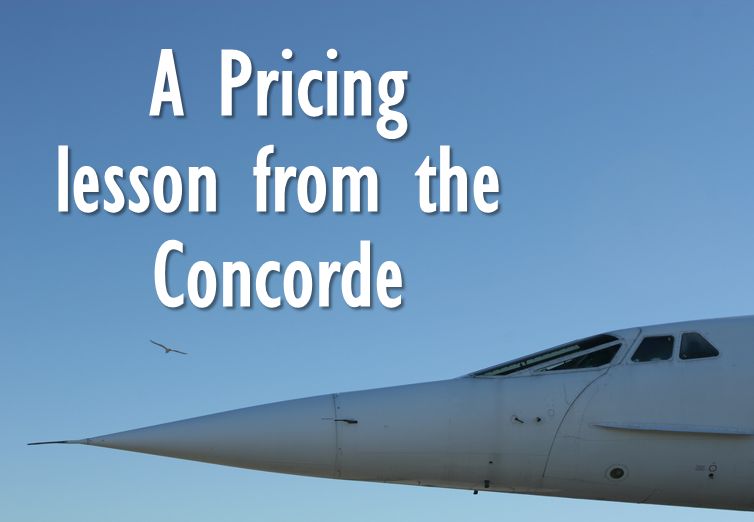Are you pricing your products right or are you leaving money on the table?
The Concorde was one of the most innovative machines ever built. The first and only supersonic commercial aircraft capable of flying at twice the speed of sound is also one of the most beautiful machines ever built. The Concorde story provides an interesting lesson on pricing.
During the first 6 years of operation, the fantastic Concorde lost money for British Airways. Losses were so bad, in 1982 BA’s boss Sir John King gave the responsibilities of the newly created Concorde division to Captain Brian Walpole and gave him two years to turn Concorde losses into profits. If he failed, BA would terminate operations, shutting down Concorde for good.
The COncorde team decided to do some market research. They asked businessmen how much they thought a Concorde ticket cost. The answer, “Most of them didn’t know. It was their secretaries or travel companies doing the bookings. When they were asked to guess, because they were senior, very important people, they all guessed that the fare was higher. ” – explained Captain Jock Lowe, Concorde resource & Planning Manager.
This insight led to a new pricing strategy. Captain Lowe described “So very simply, we said, we’ll charge them what they think they are paying. And so we put the fares up”. There was a discrepancy between what the company was charging and the value customers saw in the product. Have you asked your customers how valuable is your product or service to them?
Concorde ticket prices were doubled to over $7,000, one way, in today’s prices. As a result, Concorde was repositioned to provide a super-elite class for bankers, the rich, and the famous. Concorde became the place to be seen.
Despite the high price, sales were very strong. For one particular day, half the tickets for its first fare-paying London-New York flight were sold out in the first two hours of booking, (source).
Concorde started making money. Lots of it. “We made about $500 million pounds in net, clear profit.”. Estimates point to $50 million pounds in profit per year. That’s significant, even for a company the size of BA.
Many companies build their pricing strategies based on cost + margin. Often, there is a predetermined margin based on an overall pricing strategy or on a corporate profitability target. The story of Concorde sows us the power of market-based pricing and the importance of understanding the true value of the products and services your company offers. Do you know what is the price elasticity of your products?
Source: “Concorde, Flying Supersonic” – Smithsonian TV, 2010
Concorde photo courtesy Flickr user Howard N2GOT – Creative Commons

